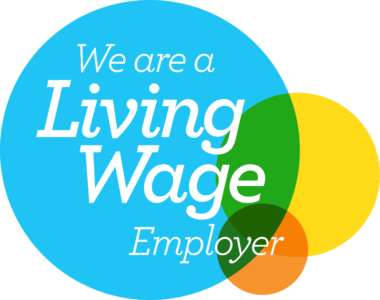Our previous article on the Court of Appeal’s decision in Waller-Edwards v One Savings Bank Plc, which provides an account of the facts and background to this case, can be found in our full legal update on undue influence and hybrid joint borrowing cases. To summarise, the case of Waller-Edwards concerns undue influence in respect of hybrid loans – that is, joint borrowing where security is given partly for joint non-commercial purposes and partly for the benefit of one borrower alone.
In the landmark case of Etridge, the House of Lords (now Supreme Court) clarified the law on undue influence, particularly where one party (often a spouse) acts as surety for another’s debts. The doctrine of undue influence enables a court to intervene to prevent abuse where a party is forced into a transaction against their will.
The Court established when a lender will be “on notice” of potential undue influence and must follow specific safeguards – now referred to as the Etridge protocols – including advising the surety to seek independent legal advice.
Following Etridge, two categories of joint borrowing have emerged:
- Surety cases: where one party guarantees another’s debts in a non-commercial context. Here, the lender is put on notice and must comply with the Etridge protocols. Failure to do so may render the transaction voidable for undue influence.
- Joint borrowing cases: where the loan is for the mutual, non-commercial benefit of both parties. In such cases, the lender is generally not put on notice.
In Waller-Edwards, the loan was a hybrid of these two categories: 10% was to be used solely to repay Ms Waller-Edward’s partner’s personal debts, with the remainder being applied to joint purposes.
Court of Appeal decision
The Court of Appeal held that in hybrid non-commercial transactions, whether a lender is put on inquiry was a matter of fact and degree. Lenders must assess the transaction holistically to determine whether the loan is primarily for the benefit of one party, as distinct from their joint purposes. In this instance, the Court found that the 10% of the loan used to repay the partner’s debts did not, in itself, create a sufficient risk of undue influence to put the lender on notice.
Supreme Court ruling
The Supreme Court has allowed Ms Waller-Edward’s appeal, rejecting the “fact and degree” approach as being overly burdensome. Instead, it has endorsed a “bright-line” test:
“Either there is, on the face of the non-commercial transaction, a surety element giving rise to a heightened risk of undue influence or there is not… The hybrid element does not reduce that risk.”
Accordingly, where the sums advanced for the benefit of one party are more than “de-minimis”, the transaction falls within the surety category, and the lender is put on inquiry. In this case, the £39,500 used to repay Mr Bishop’s debts was not considered de minimis, and the bank’s failure to follow the Etridge protocols meant the mortgage had to be set aside.
The Birketts view
The Supreme Court’s decision establishes a low threshold for when lenders are put on inquiry in hybrid, non-commercial borrowing scenarios. In doing so, the Supreme Court recognised that it was likely the adoption of a bright line test “may have the effect of opening up more historic transactions to legal challenge than a test based on fact and degree”. It is hoped that this ruling will strengthen protections for individuals who may be pressured into financial commitments by partners or family members.
The content of this article is for general information only. It is not, and should not be taken as, legal advice. If you require any further information in relation to this article please contact the author in the first instance. Law covered as at July 2025.








